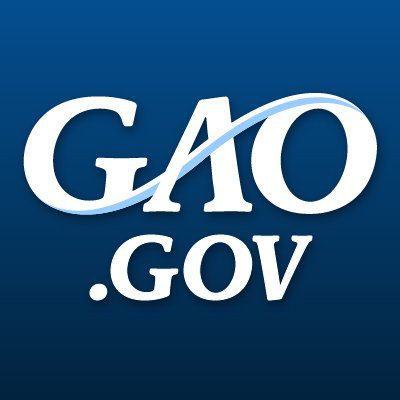Experts told GAO that DOT could make operational improvements but does not need to implement organizational changes, to help efficiently and effectively carry out its missions. Experts identified five areas:
Collaboration and coordination: Additional efforts to collaborate among the nine modal administrations, state and local governments, and other federal agencies would better support the development of transportation projects. For example, experts stated DOT could improve the effectiveness of internal collaborative groups by including senior-level officials who could provide leadership and have the authority to make decisions.
Data quality and analytics: Prioritizing which data to collect and improving analytic capabilities could help DOT ensure data are effectively used. Experts stated DOT could do a better job identifying and improving data quality to answer specific, transportation-related questions.
Regulation development: Improving how regulations are developed could help DOT ensure the agency’s priorities are addressed and coordinated among all stakeholders. Experts stated that DOT could improve the quality and timeliness of its regulations by seeking earlier input from stakeholders.
Project delivery processes: Streamlining and making the project delivery processes more consistent across modal administrations could reduce barriers and challenges for state and local governments. For example, experts suggested creating a central position to help state and local governments navigate the environmental review process.
Addressing emerging issues: Proactively focusing on how to address technological advancements (e.g., autonomous vehicles) and other emerging issues (e.g., safely transporting domestic oil and gas) could help DOT achieve its missions more efficiently and effectively. For example, experts were concerned that DOT was falling behind the private sector’s need for research and specific regulations for autonomous vehicles.
DOT officials agreed improvements are needed across DOT within the areas identified by experts. However, DOT did not identify plans to conduct a department-wide review. The administration recently released documents requiring federal agencies, including DOT, to assess their ability to efficiently and effectively meet their missions. In addition, federal internal control standards require agencies to assess and, typically, develop an action plan to determine whether their policies are effective. Such an assessment could help DOT to improve how it implements programs across all of its modal administrations.
Why GAO Did This Study
DOT was established over 50 years ago, in part, to build, maintain, and oversee a vast national transportation system. Millions of Americans rely on this system every day to travel and receive goods and services. DOT is organized into nine modal administrations that are generally responsible for activities related to specific transportation modes, such as air, rail, public transit, and highways.
GAO was asked to examine how well DOT’s organizational structure enables DOT to address today’s transportation challenges. This report addresses (1) activities performed by multiple DOT administrations to fulfill their missions and how, if at all, DOT coordinates these activities, and (2) expert opinions on what, if any, organizational or operational changes could enable DOT to more efficiently and effectively carry out its missions. GAO reviewed documentation on DOT’s missions, interviewed DOT officials, and worked with the National Academies of Science, Engineering, and Medicine to convene a meeting with transportation and organizational-change experts. Experts were selected for their experience working with multiple modes of transportation and expertise in organizational change, among other factors.
What GAO Recommends
DOT should conduct a department-wide review of its current efforts to address issues in the areas experts identified for improvement and develop an action plan to implement improvements, as identified, in these areas. DOT concurred with these recommendations and cited new initiatives to improve the department.
For more information, contact Susan Fleming at (202) 512- 2834 or [email protected].



